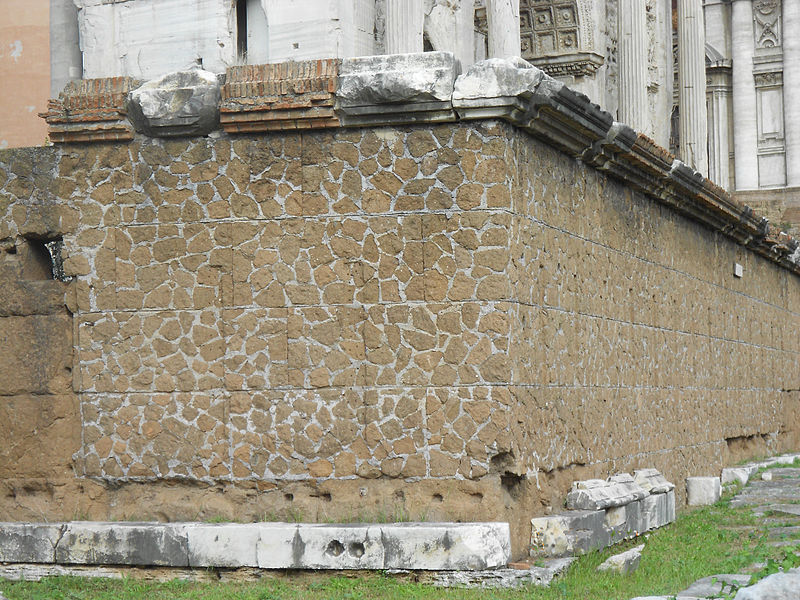Ritual Use of the Forum
Roman Funerals in the Forum
The burial of bodies or ashes was not permitted within the city limits of Rome during ancient times. As a consequence, a significant element of Roman funerary practice was the procession with the body from the residence to the funeral pyre and burial site outside the city. Roman funerals, as with any public ceremony, were often used as a way to display the wealth or power of the family of the deceased. The most important and wealthiest Romans could have a funeral procession that followed a route that included the Roman Forum. Once at the forum, the procession stopped so that the deceased could be displayed while their heir gave a eulogy from atop the rostra, one of the traditional speaking platforms in the Forum. Then, the procession continued on to the burial site outside the city. During the Empire, imperial funerals were incredibly opulent and full of symbolism. Where the funeral of a wealthy Roman might include persons wearing masks of their ancestors, the funeral of an Emperor included people wearing masks of Rome’s most important historical figures. Additionally, the stop in the forum for speeches at the rostra was longer and included more people. The funeral procession of an emperor would start at the imperial residence on the Palatine Hill, descend to the forum with the stop at the rostra, and continue to the funeral pyre. The funeral was an incredibly important ritual during the Empire because it was at the funeral that a deceased Emperor would become a god in the imperial cult 1.
___________________________________________________________________________________
1.Diane Favro and Christopher Johanson, "Death in Motion: Funeral Processions in the Roman Forum," Journal of the Society of Architectural Historians 69, no. 1 (2010): 12-37.
